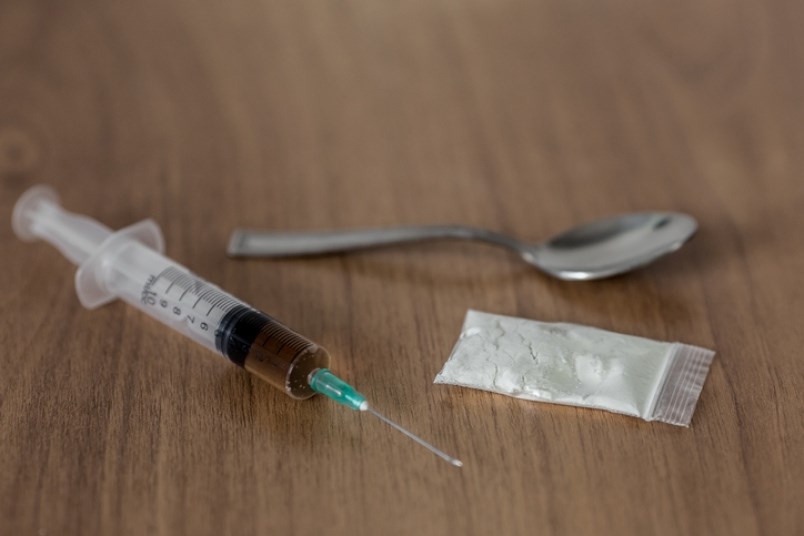A drop in the number of illicit drug overdose deaths in Burnaby in 2019 is good news, but more work is needed to end the opioid health care crisis in B.C., says a Fraser Health medical health officer.
Efforts were made in Burnaby to raise awareness and train people to help save a life if they witness an overdose. The Overdose Crisis Burnaby Community Dialogues included four community sessions held from September to October. The events welcomed residents from all backgrounds to learn about drugs, services available for drug users and some of the common misconceptions surrounding the topic.
At the end of November, 2018, 36 people had died of an overdose in Burnaby compared to 44 people in 2017, and fentanyl was detected in most of the illicit opioid overdose deaths, according to the BC Coroners Service, which published the information this week.
Dr. Ingrid Tyler praised public information campaigns and the free distribution of naloxone kits for helping communities.
“We are very encouraged to see some reduction or at least no increase in 2018 compared to 2017 provincially,” she said. “It is important for us to remember that the rates of deaths from illicit drugs or opioids in this case is much higher than three or four years ago. We are not out of the woods.
“The issue is so complex and affects such a wide variety of society and individuals that it’s really important that we have multiple strategies out there so that regardless of where you’re at in your use and whatever kind of risk profile you may have that you will find the information and help that you need.”
She hopes more people will heed the message that Fraser Health is trying to promote about ways to use drugs safely.
“It may be helpful to use the opportunity to repeat those messages, to remind people to have a naloxone kit, reminding people to use with someone or have someone check on you if you’re using, reminding people not to use alcohol with drugs or use multiple drugs, and to know signs of overdose, and call 911 immediately and give breaths every five seconds until help arrives.”
Tyler also pointed out that it is not a crime to help someone and stay at the scene of an overdose because the Good Samaritan Overdose Act provides legal protection for those who seek emergency help.
- with files from Diane Strandberg, Tri-City News



